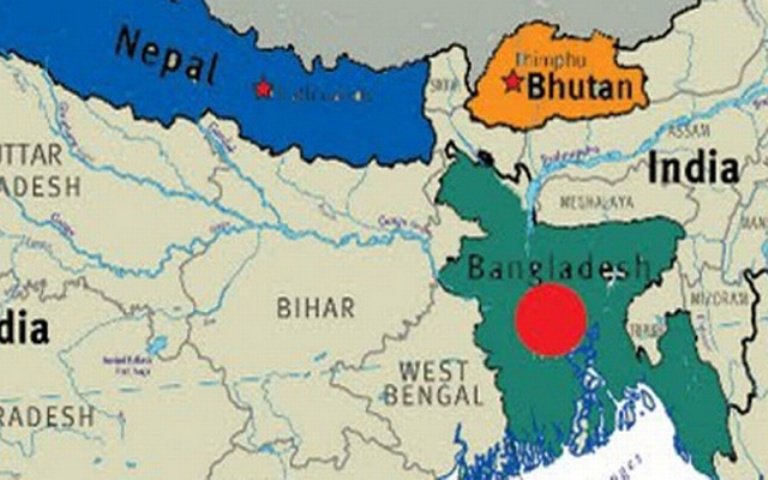India Pulls Plug on Key Trade Route—But Nepal's Lifeline Remains Untouched!

New Delhi — In a move stirring regional trade dynamics, the Government of India has officially announced the withdrawal of a major transshipment facility previously extended to Bangladesh, effective from April 8, 2025. The decision, made public through an official statement by the Ministry of External Affairs (MEA), cited mounting congestion at Indian ports and airports as the reason for the abrupt halt.
According to the MEA, “The transshipment facility extended to Bangladesh had over a period of time resulted in significant congestion at our airports and ports. Logistical delays and higher costs were hindering our own exports and creating backlogs. The facility, therefore, has been withdrawn w.e.f. April 8, 2025.”
However, in a crucial clarification likely to reassure Nepal and Bhutan, the statement added, “These measures do not impact Bangladesh exports to Nepal or Bhutan transiting through Indian territory.”
The move comes amidst growing discontent among Indian exporters, especially in the apparel sector, who had complained about Bangladeshi cargo trucks clogging transport routes in key cities such as Delhi. Analysts also point out that the decision follows sensitive geopolitical remarks made by Bangladeshi interim leader Muhammad Yunus, who recently suggested Bangladesh could serve as a conduit for Chinese access to India’s northeast—a comment that drew sharp reactions in New Delhi.
Despite the sweeping change, Nepal’s supply chain remains secure—for now. With its trade lifeline through India still intact, Nepal escapes immediate disruption. But experts caution that the region’s trade politics are shifting fast, and Kathmandu should remain vigilant.




![From Kathmandu to the World: How Excel Students Are Winning Big [Admission Open]](https://nepalaaja.com/img/70194/medium/excel-college-info-eng-nep-2342.jpg)
